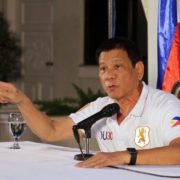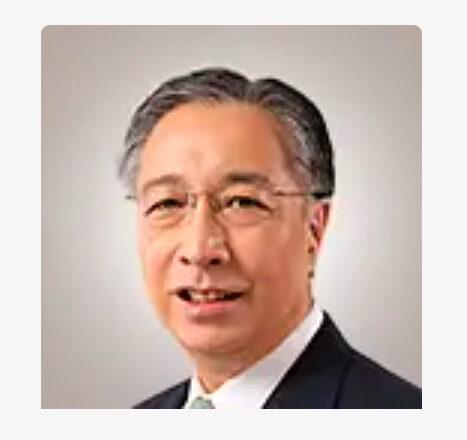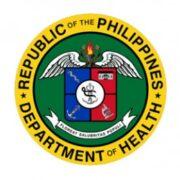The Duterte administration has supported three out of the last four United Nations resolutions to ensure the safety of journalists amid heightened risks members of the media are facing globally, including the Philippines.
A report of Article 19, a British human rights organization with a specific mandate and focus on the defense and promotion of freedom of expression and freedom of information worldwide, titled “Ending Impunity: Acting on UN Standards on the Safety of Journalists,” showed the countries that expressed intent to support or co-sponsor UN resolutions that set out commitments for states to ensure the safety of journalists.
The Philippines was a party to the United Nations Human Rights Council (UNHRC) Resolutions in 2018 and 2016 and UN General Assembly Resolutions in 2017 and 2015.
The 2018 UNHRC Resolution called on political leaders to stop denigrating journalists and undermining trust in independent media, and urges states to bolster digital security, and cease the abuse of defamation laws against journalists.
The 2016 Resolution, meanwhile, spotlights impunity, urges the release of arbitrarily detained journalists, the reform of laws that obstruct journalists’ work, and calls on states not to interfere with tools for encryption and online anonymity.
The UN-GA Resolutions focused on addressing gender-related attacks on journalists and national security and counterterrorism measures that hinder journalists’ work.
The resolutions have also highlighted the growing threat posed by unlawful surveillance, and interference in the right to privacy, including government sponsored hacking.
But despite these, journalists — including those who live in countries that are party to these resolutions — still face heightened risk at work.
“In spite of the adoption of 10 UN resolutions on the safety of journalists since 2006, and the establishment of numerous mechanisms for monitoring implementation of States’ commitments at the international level, the risks facing journalists and media workers have not subsided and, in many contexts, are on the increase,” the report said.
Through the resolutions at the UNHRC and UN-GA, states have increasingly recognized the need to take a holistic approach to enhancing the safety of journalists, addressing the range of interconnected, and often overlapping, threats, whether of a physical, legal, political, technological, or economic nature.
“Public officials and political leaders who denigrate and threaten the media, and undermine its credibility are also acknowledged as exacerbating journalists’ risks of facing other types of attack,” said the report.
Article 19, which took its name from Article 19 of the Universal Declaration of Human Rights and defends freedom of expression and freedom of information, said the international community must ensure that states that require technical assistance to meet their international human rights law obligations and commitments on the safety of journalists are encouraged to seek it, and that those mechanisms are sufficiently resourced to provide meaningful assistance.
Making resources available to organizations working to enhance media freedom, protect journalists from attacks and ensure their access to remedies, is also essential.
“At the same time, the international community must respond more effectively to States who repeatedly or flagrantly violate their human rights obligations and commitments related to the safety of journalists,” the organization said.
The organization said that states must be pushed to condemn systemic challenges in country situations of concern, as well as to call for answers and targeted action in response to individual attacks, particularly in cases of impunity.
They should work collectively to ensure accountability in these situations, regardless of the political power of the state in which the violation or abuse has occurred.
Article 19 emphasized that “States should also, at minimum, ensure they are reporting on the implementation of their commitments on the Safety of Journalists, including by responding systematically to communications on the safety of journalists by UN Special Rapporteurs, and requests for input by the OHCHR and UNESCO, and by systematically submitting data for the monitoring of SDG 16.10.1.”
UN Resolutions on the Safety of Journalists call on all states to effectively enhance the safety of journalists and break the cycle of impunity through targeted action on three interconnected fronts: prevention, protection and remedy.






